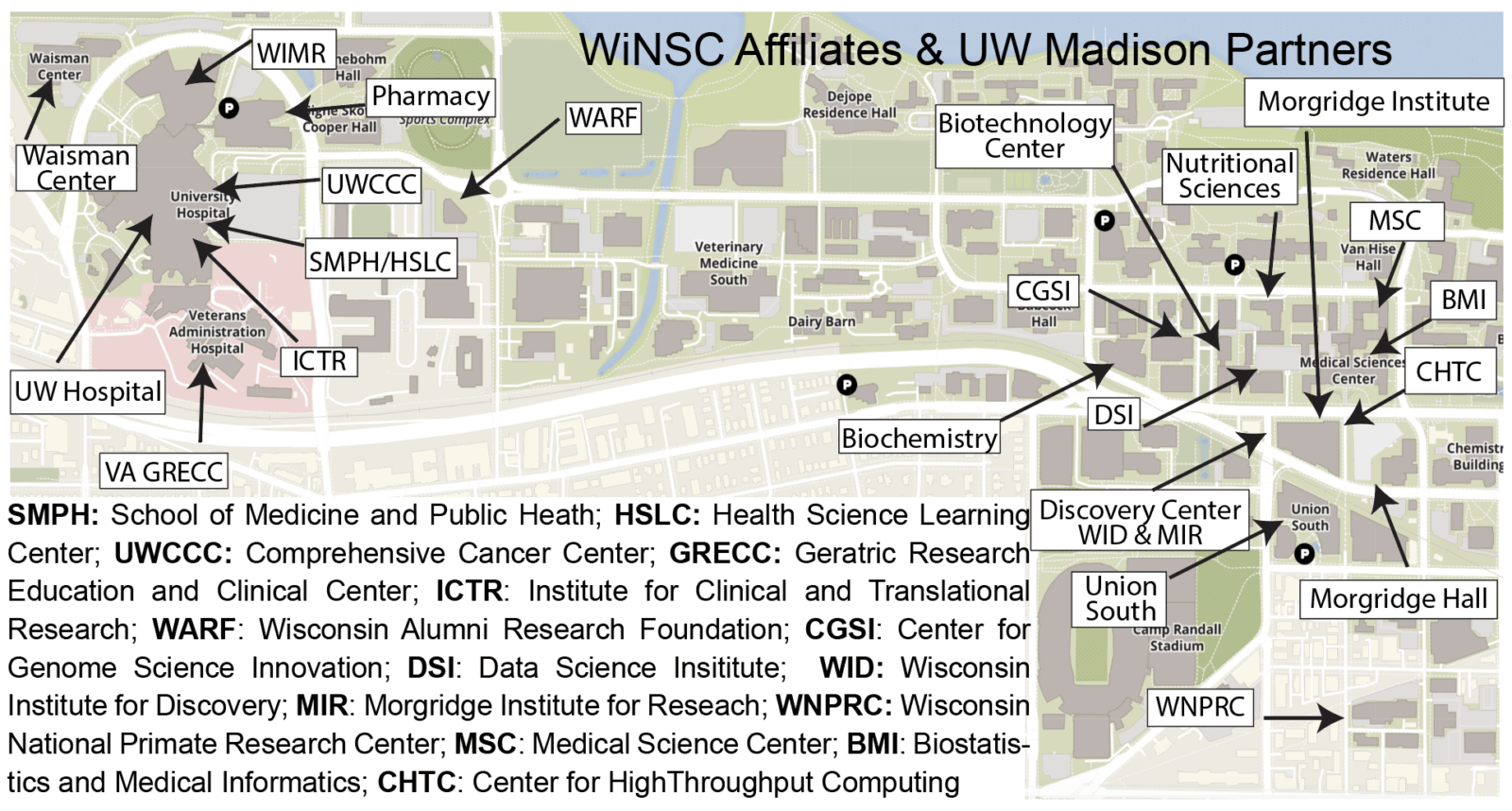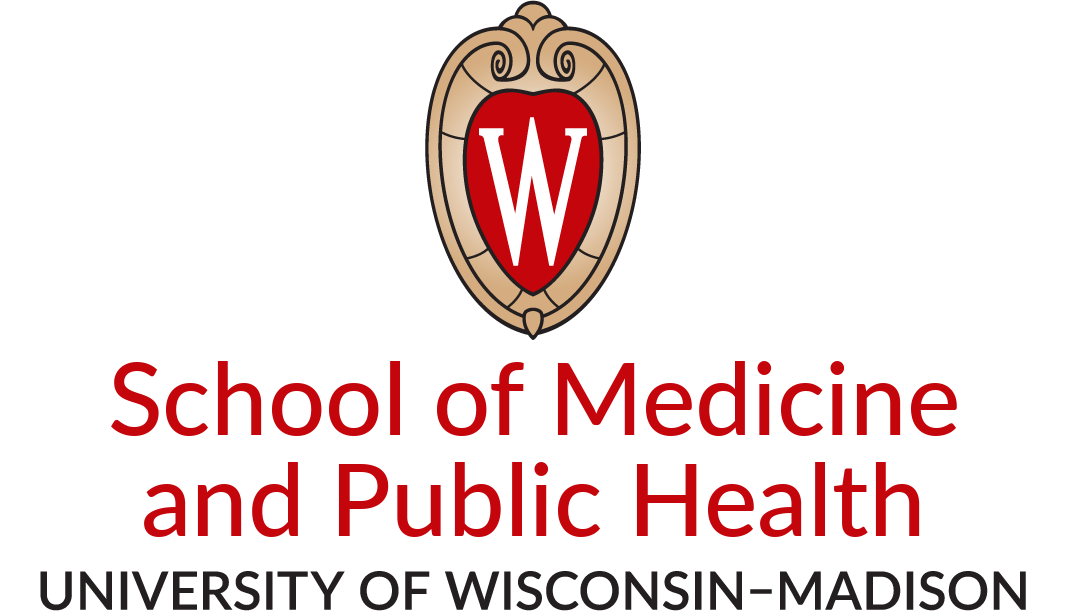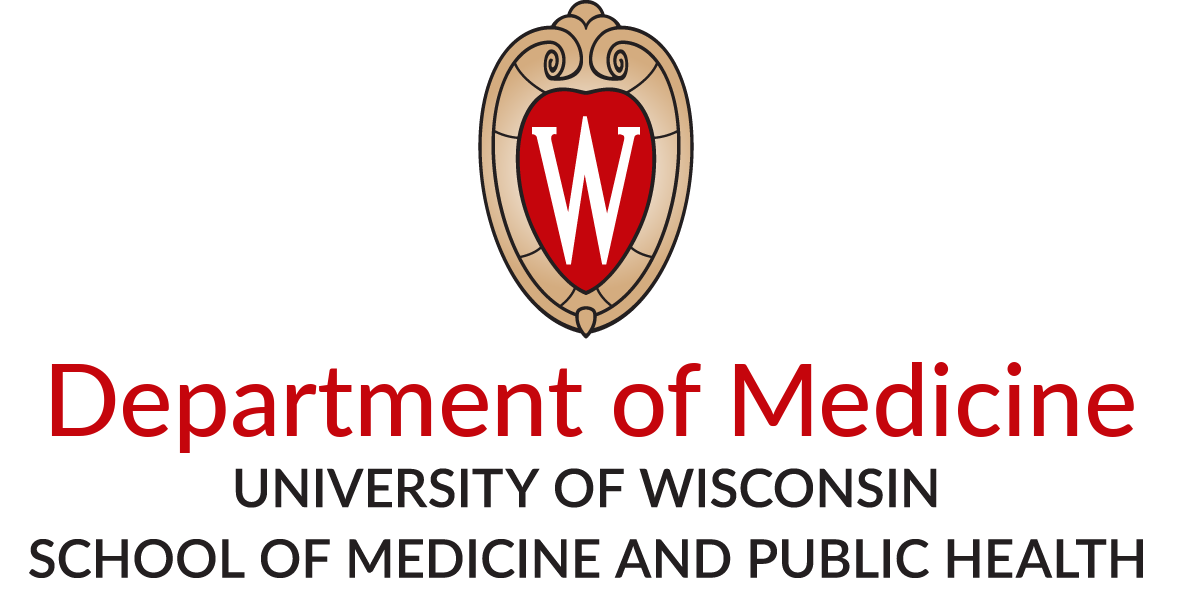About the WiNSC
The goal of the NIH/NIA sponsored Wisconsin Nathan Shock Center (WiNSC) is to promote, coordinate, and enhance research in the basic biology of aging with a specific emphasis on metabolism and translation, and to efficiently and rapidly advance cutting-edge research nationally by developing novel research capabilities and leveraging existing outstanding resources at the University of Wisconsin-Madison. The WiNSC is exceptionally well positioned to advance biology of aging research in this thematic area and will contribute significantly to the NSC Network. The WiNSC works in partnership with centers, institutes, and departments across he UW-Madison Campus.

Our focus on Metabolism: The fact that aging is the major driver in risk and incidence of chronic disease is the foundation for the field of Geroscience. It is clear that biological changes occurring during aging precipitate this increased risk, impacting surveillance, maintenance, repair, and response and resolution mechanisms. Mechanisms known to contribute to aging across species are highly conserved, from small unicellular organisms to invertebrates and mammals. A striking commonality among the diverse genes and pathways implicated in aging is the involvement of a metabolic adaptive response. The importance of metabolism extends beyond the fundamental biology of aging to the biology of age- associated diseases. One of the key developments in recent years has been the identification of metabolic dysfunction as a critical component of disease vulnerability. Many diseases of aging are metabolic in their etiology including diabetes and cardiovascular disease, while others, including cancer and neurodegeneration, have a significant metabolic component.
Our theme, “Aging, Metabolism and Translation”, is reflective of the strengths at UW-Madison but also addresses several gaps in current aging research:
First, metabolism studies that have dominated disease research are as yet less the subject of focused aging studies. The Energetics of Longevity Core is designed to delve into metabolic regulation of health in aging and longevity across scales from molecular to whole animal to population level research.
Second, although it has long been the ambition at NIH to bring together basic, translational, and clinical disciplines, in practice there are knowledge, language, and accessibility barriers. We address this in our interdisciplinary team and in novel initiatives in the Translation and Application Core.
Third, with increasing requirement for sophisticated and integrative data analysis, the gap between data science and biological science has emerged as a roadblock to progress. The Discovery and Integration Core is designed to provide the pipeline from data generation to data analysis and data integration and is supported by outstanding expertise and considerable institutional investment.
Highlights of WiNSC
(1) a critical core of acknowledged investigators with expertise in research on metabolism of aging and age related diseases that can be accessed nationally though the NSC network; (2) multidisciplinary research collaborations at the intersection of aging and metabolism, both locally and nationally; (3) new core services that will stimulate research focused on aging and metabolism and accelerate progress by removing barriers to translation; (4) new products and translational tools annually through our Innovation Kitchen and Liquid Biopsy platform for the benefit of aging researchers nationally; (5) coordination of existing resources to improve accessibility for aging research investigators, connecting them with diverse expertise to advance biology of aging research; (6) serving as a hub for aging research and scientific partnership throughout the State of Wisconsin and the Midwest.
WiNSC Sponsors

Wisconsin Nathan Shock Center
1685 Highland Avenue
Madison, WI 53705
Contact Us:
winsc@medicine.wisc.edu




